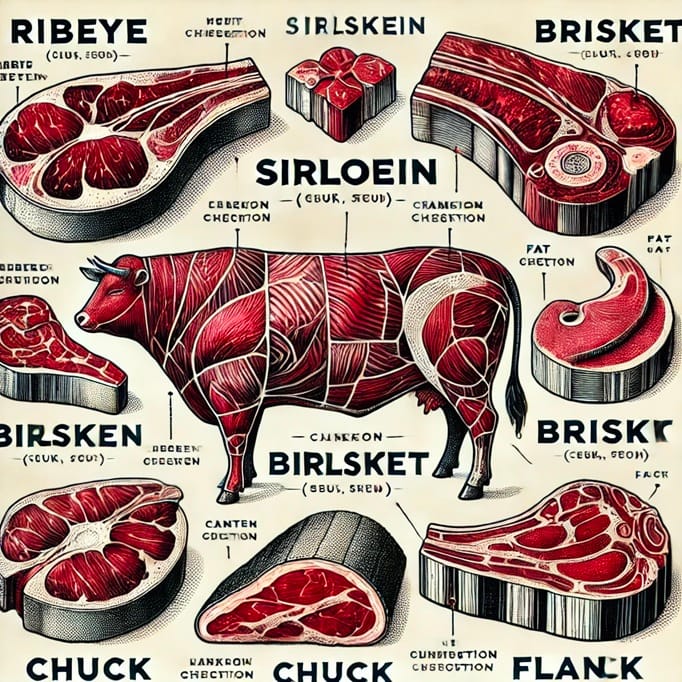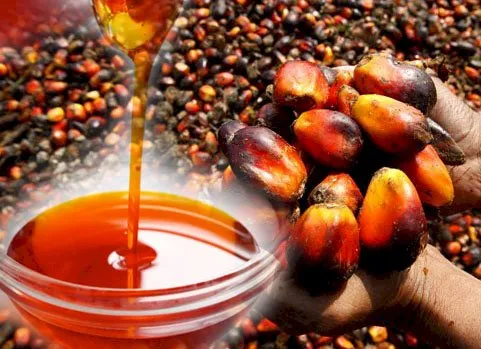Table of Contents
A Guide to Beef Cuts: Flavor, Cooking Methods, and Uses
Beef is one of the most versatile and widely consumed meats, offering a range of cuts that vary in texture, flavor, and ideal cooking techniques. Whether you’re preparing a slow-cooked stew or a sizzling steak, understanding the different cuts of beef can help you make the best culinary choices.
1. Popular Beef Cuts Found in Supermarkets
Supermarkets typically offer a variety of beef cuts, each suited to different cooking styles. Here’s a breakdown of some of the most common options:
- Ground Beef – Versatile and used in burgers, meatballs, tacos, and sauces.
- Beef Cubes – Perfect for stews, kebabs, and slow-cooked dishes.
- Chuck Roast – Rich in flavor, ideal for braising and slow cooking.
- Ribeye Steak – Marbled and juicy, great for grilling or pan-searing.
- Sirloin Steak – Leaner than ribeye but still flavorful, good for grilling.
- Brisket – A tough cut that becomes tender when slow-cooked or smoked.
- T-Bone & Porterhouse – Premium cuts combining tenderloin and strip steak.
- Short Ribs – Best when slow-braised for deep, rich flavors.
- Flank & Skirt Steak – Lean and fibrous, ideal for marinades and grilling.

2. Structure & Texture of Beef Cuts
Beef cuts differ in structure based on muscle use. Tougher cuts like brisket and chuck contain more connective tissue and benefit from slow cooking. Tender cuts like filet mignon come from less-worked muscles, making them ideal for quick cooking methods.
3. Flavor & Taste Profile
- Marbled Cuts (Ribeye, Wagyu, New York Strip): Rich, buttery, and juicy.
- Lean Cuts (Sirloin, Round Steak, Filet Mignon): Mild flavor, best with seasonings.
- Tougher Cuts (Chuck, Brisket, Short Ribs): Deep, beefy taste, enhanced by slow cooking.
4. Cooking Methods for Different Cuts
- Grilling/Pan-Searing: Best for ribeye, sirloin, T-bone, and filet mignon.
- Slow Cooking/Braising: Ideal for brisket, chuck, and short ribs.
- Roasting: Suitable for prime rib and whole cuts.
- Stir-Frying: Works well with flank, skirt, and sliced sirloin.









